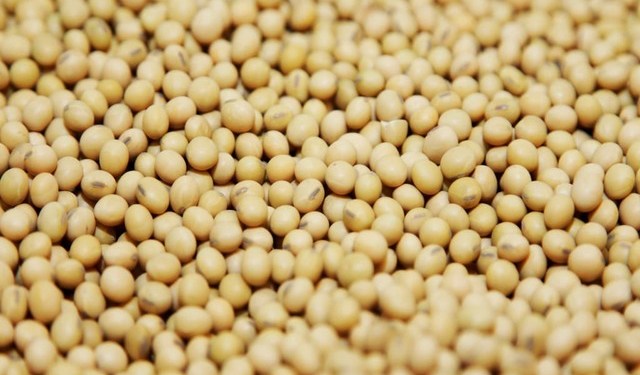 © Reuters. FILE PHOTO: An offshore oil platform is seen in Huntington Beach
© Reuters. FILE PHOTO: An offshore oil platform is seen in Huntington BeachBy Henning Gloystein
SINGAPORE (Reuters) – Brent crude prices consolidated recent gains at around $70 a barrel on Tuesday, a level not seen since 2014’s dramatic oil market slump.
Prices have been driven up by production curbs in OPEC nations and Russia, as well by robust demand on the back of healthy global economic growth.
Brent crude futures (), the international benchmark for oil prices, dipped 25 cents, or 0.36 percent, to $70.01 per barrel by 0455 GMT on Tuesday from the previous day’s close. But traders said Brent was well supported overall around this level.
Brent hit $70.37 a barrel on Monday, its strongest since December, 2014, which marked the beginning of three years in the doldrums for oil prices.
U.S. West Texas Intermediate (WTI) crude futures () were at $64.50 a barrel, up 20 cents, or 0.3 percent from their last settlement. WTI hit a December-2014 peak of $64.89 a barrel in early trading.
“We have updated our supply/demand balances to reflect a faster-than-expected tightening in the global oil market due to improving cyclical conditions, cold winter weather, and higher than expected OPEC compliance,” Bank of America Merrill Lynch (NYSE:) said.
“We now see a deficit of 430,000 barrels per day (bpd) in 2018 compared to 100,000 bpd prior, and thus see Brent crude oil prices averaging $64 per barrel in 2018 compared to $56 prior. Our WTI projection also moves up from $52 per barrel to $60 per barrel for the same reasons,” the bank said.
Morgan Stanley (NYSE:) said “oil markets were 0.5 million bpd undersupplied in 2017,” adding that 2018 would still see a 200,000 bpd deficit.
Morgan Stanley said it expected Brent to rise to around $75 per barrel by the third quarter of this year.
In an effort to tighten markets and prop up prices, the Organization of the Petroleum Exporting Countries (OPEC) and Russia started to withhold production in January last year. The cuts are set to last through 2018.
This restraint has coincided with healthy oil demand, pushing up crude prices by almost 15 percent since early December.
Crude futures have also been supported by a weak dollar, which fell to its lowest level in three years late on Monday against a basket of other leading currencies ().
A weakening dollar often triggers investment into liquid commodity futures like gold and crude oil.
A major factor holding back crude prices in 2017, the surge in U.S. production, has stalled at least temporarily as icy winter weather in North America has shut down some facilities.
Instead of hitting 10 million bpd this month, as widely expected, U.S. production
Despite this, most analysts still expect U.S. production to break through 10 million bpd soon. [C-OUT-T-EIA]
Fusion Media or anyone involved with Fusion Media will not accept any liability for loss or damage as a result of reliance on the information including data, quotes, charts and buy/sell signals contained within this website. Please be fully informed regarding the risks and costs associated with trading the financial markets, it is one of the riskiest investment forms possible.
Source: Investing.com


























